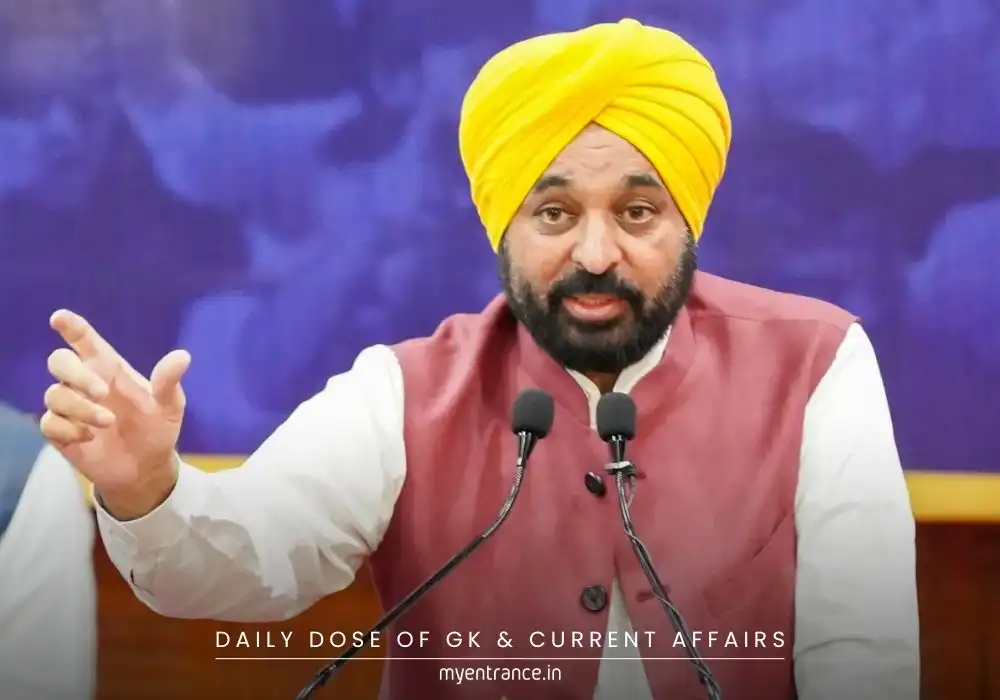Select Language
India’s SSLV Revolution: HAL to Build Small Satellite Launchers After ISRO Tech Transfer
India’s space sector achieves a landmark moment as Hindustan Aeronautics Limited (HAL) secures ISRO’s technology to build and launch small satellite rockets (SSLV). This strategic move accelerates private participation in space, aligning with UPSC’s focus on indigenization and science-tech developments.

Why HAL’s SSLV Win Matters for India
In a major push to privatize space tech, HAL won ISRO’s bid to commercialize the Small Satellite Launch Vehicle (SSLV). Over the next two years, ISRO will transfer SSLV technology to HAL, enabling the aerospace giant to manufacture, launch, and market these rockets globally by 2027. This aligns with India’s vision to capture 9% of the $60 billion global space economy by 2033.
Key Features of SSLV
Cost-Effective & Agile: Assembled in 72 hours (vs. months for PSLV), it launches 500 kg payloads to Low-Earth Orbit (LEO) – ideal for small/nano satellites.
Reduces Foreign Dependence: Previously, Indian small satellites relied on foreign launchers. SSLV enables domestic, on-demand launches.
Modular Design: Uses 3 solid-fuel stages + a liquid Velocity Trimming Module (VTM) for precise satellite deployment.
Strategic Impact
PSLV vs. SSLV: While PSLV carries heavier payloads (1,860 kg), SSLV fills the niche for micro-satellites (500 kg), cutting launch costs by 90%.
Boosting ‘Atmanirbharta’: HAL will build 2 SSLVs under ISRO’s guidance before independent production. It also co-manufactures PSLV rockets.
NewSpace India Limited (NSIL): ISRO’s commercial arm transitions from being a “buyer” (PSLV model) to enabling private players like HAL as end-to-end service providers.
UPSC-Ready Insights
Low-Earth Orbit (LEO): Critical for communication, earth observation (300–500 km altitude). SSLV targets this high-demand zone.
IN-SPACe’s Role: Plans tech demos like SMiLE (SSLV Module in LEO) – similar to PSLV’s POEM stage for in-orbit experiments.
Privatization Push: Reflects the 2020 space reforms opening ISRO infrastructure to private entities.
Sample Q&A for Competitive Exams
Q1: How does SSLV support India’s space privatization goals?
A1: By transferring SSLV tech to HAL, ISRO enables private manufacturing, launches, and marketing – reducing state monopoly and boosting global competitiveness.
Q2: Differentiate between SSLV and PSLV.
A2: SSLV launches 500 kg to LEO rapidly at lower costs, while PSLV (ISRO’s “workhorse”) carries heavier payloads (1,860 kg) but requires longer assembly.
Q3: What is SMiLE in SSLV missions?
A3: An experimental platform (like PSLV’s POEM) that uses the rocket’s final stage for in-orbit tech demonstrations.
Q4: Why are small satellites ideal for SSLV?
A4: Miniaturized satellites (nano/micro) form constellations for IoT, weather tracking, and defense – SSLV offers dedicated, affordable launches.
Q5: How does NSIL’s role differ in SSLV vs. PSLV projects?
A5: For PSLV, NSIL buys rockets from ISRO/private players. For SSLV, HAL handles end-to-end production and commercialization independently.
Most Predicted Questions
Comprehensive study materials, Expert-guided tips & tricks, Mock tests and instant results.
Start your SSC, NIFT, NID, FDDI, PSC journey today with MyEntrance, your ultimate online coaching platform.















